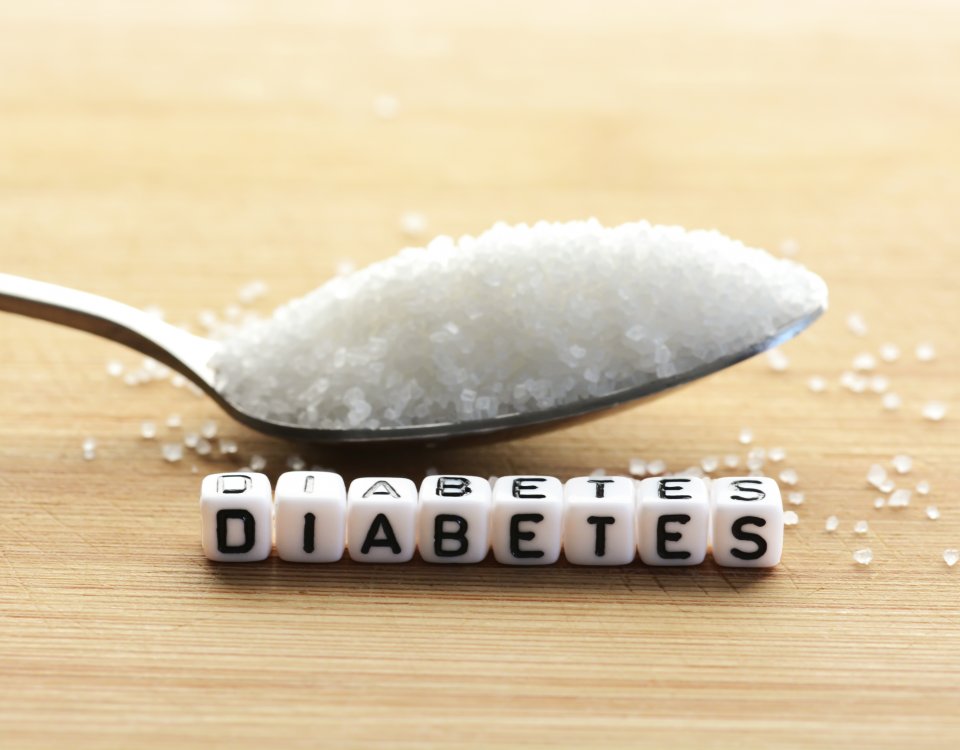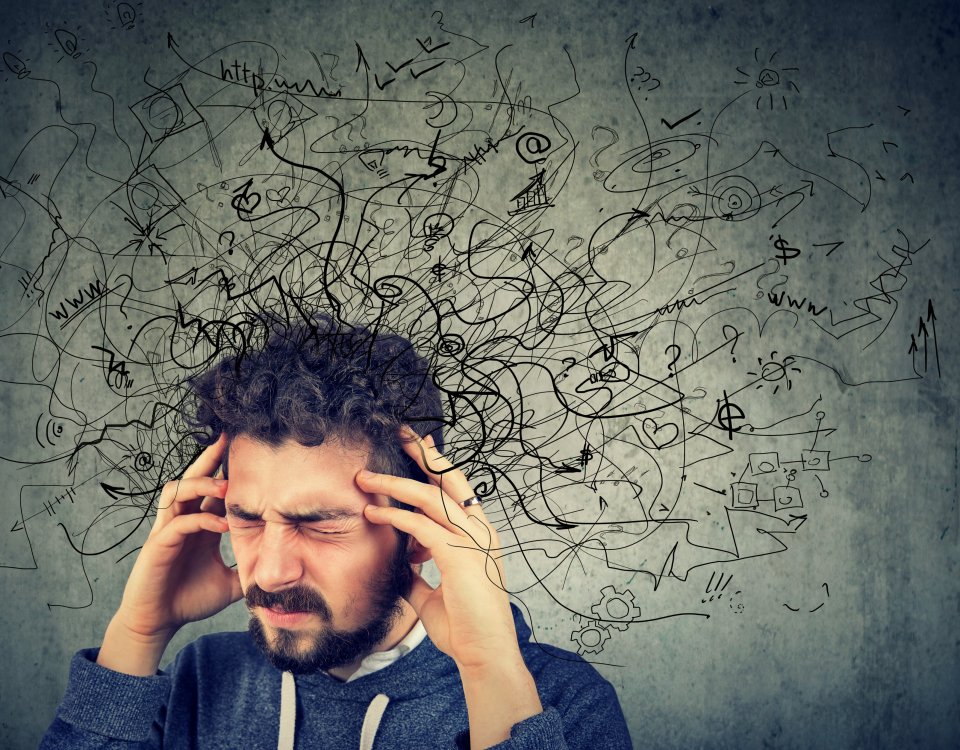
A common problem for men that no one wants to talk about
12 Jul 2018
Five dangerous injuries that may lead to impotence
12 Jul 2018Statistics for erectile dysfunction

Sexual debility is the greatest fear of a modern man. Society's attitude towards erectile dysfunction in men is satirical and dismissive. Sexual illiteracy generates an inadequate assessment from the others. Men feel the condescending pity from their female partners, which gives rise to an anxious expectation of failure in future cases of intimacy.
Such problem is usually secretive, trying to find quick ways to recover sexual vigour secretly from others. The Internet is full of dubious suggestions and offers, which "guarantee" a rapid cure for sexual weakness counting on the shyness of the stronger sex and the lack of habit of going with such an ailment to specialists and professionals.
Statistical data for the erectile dysfunction prevalence
Statistic data show that every fifth man under the age of 40 and every second man 40 to 60 years of age experience problems with erection. And every year the number of men under 40 years of age experiencing the ED is growing. In view of the fact that the symptoms of erectile dysfunction are expressed in some cases implicitly and appear irregularly, many men do not consider their individual failures to be a sexual problem. They ignore cases of sexual incompetence, attributing them to situational circumstances and not paying them due attention. This can lead to aggravation of sexual health and the occurrence of concomitant diseases.

According to the MMAS (Massachusetts study) among older men, the prevalence of erectile dysfunction in Boston men aged between 40 and 70 was 52 %, indicating a clear increase in the disease of this direction.
Similar studies conducted in Germany showed prevalence of ED in 17 to 53.4 % of men 30 to 80 years of age. The same age parameters in the Netherlands gave a result of 19.2 %, in Taiwan – 27 %, in Ghana and Brazil – more than 50 %.
The findings of epidemiological studies also provide convincing evidence of a link between symptoms of impaired urination (SIU)/benign prostatic hyperplasia (BPH) with sexual dysfunction in men, regardless of age, other co-morbidities, and various lifestyle factors.
The Massachusetts Male Ageing (MSAM-7) study has been systematically examining the relationship between the SIU and sexual dysfunction in more than 12,000 men 50-80 years of age. The study was carried out in the US and six European countries (France, Germany, Italy, the Netherlands, Spain, and the United Kingdom). The results showed that 83 % of men considered themselves sexually active, and 71 % reported at least one episode of sexual activity in the past 4 weeks.
The total prevalence of SUI was 90 %. Only 19 % of men sought medical help for SUI, and only 11 % received treatment. The overall ED prevalence was 49 %, and 10 % of men reported a total lack of erection. The overall prevalence of ejaculation disorders was 46 %, and 5 % of men reported lack of ejaculation.
Meanwhile, according to many specialists experienced in sexology, timely assistance can recover the ability to full-value sexual intercourse in several visits to the doctor's office. The main thing is not to consider such disease something shameful and not to be afraid of ridicule when asking for advice. However, in reality only 10 % of men with such disorder resort to sexologists' help.
Types of sexual disorders in men
Only a healthcare professional is able to identify the nature of erectile dysfunction, to determine the category of causes for the dysfunction by conducting an examination and questioning the patient. These can be organic causes, determined by the state of the vascular system, hormonal balance or the presence of a disease, such as diabetes mellitus or coronary artery disease. These factors are most often related to older patients, but men under 40 years of age, with obvious symptoms of lack of erection, should pay attention to the state of their blood vessels.
Another large group of patients with erectile dysfunction has sexual issues due to psychogenic nature. These are people who spend a lot of time doing sedentary work, office managers, drivers, etc. Men abusing alcohol are also at risk. And conflict situations in the family or at work, stress and chronic fatigue cause psychological disorders, provoking unwillingness of sexual intimacy, lack of orgasm, and weak erection.

Such factors provoking sexual disorders can cause the following kinds of reproductive disorders:
- Disorders of sexual desire (decreased desire, loss of sexual desire, lack of sexual pleasure);
- Arousal disorders (poor erection, lack of erection);
- Orgasmic disorders (early ejaculation, bradyorgasmia (rare orgasms), hypoorgasmia (decreased intensity of orgasm), anorgasmia (lack of orgasm);
- Fears and anxiety during sex;
- Secretory infertility;
- Excretory infertility;
- Autoimmune infertility;
- Concomitant infertility;
- Oligozoospermia (decrease in the number of spermatozoa in the ejaculate relative to the regulated value);
- Asthenozoospermia (slowing of sperm motility in seminal fluid);
- Necrospermia (a condition in which the ejaculate contains a sufficient number of spermatozoa, but they remain immobile);
- Teratozoospermia (presence of pathological forms of spermatozoa in the ejaculate);
- Azoospermia (a pathological condition in which there are no spermatozoa in the ejaculate).
Many men note the gradual increase of disturbing symptoms, their low intensity and irregular appearance. The reversal of sexual desire is often attributed to the stress at work, lack of free time, and prolonged fatigue. By adding to this the reluctance to admit their insolvency and male unattractiveness, men are slow to seek professional help.
The consequences of such disregard for the symptoms of sexual weakness may be the deterioration of family relationships, the emergence of severe psychological and depressive conditions leading to the manifestations of more serious diseases. Erectile dysfunction is a common disorder that can be cured and is not a shameful disease requiring careful cover-up from others.
Treatments for erectile dysfunction
Currently, andrologists have a significant arsenal of techniques and means to help conquer ED. Do not be afraid of a disappointing diagnosis. Healthcare professionals point out that the level of development of modern medicine makes it possible to achieve success even in complicated or advanced cases. Having determined the cause of sexual dysfunction, specialists restore the patients' sexual health, removing the psychological blocks of previous failures and prescribing medicinal products that stimulate the recovery of sexual ability. It should be noted that erectile dysfunction is not an incurable disease, so it is not worth any psychological discomfort or emotional breakdown.




